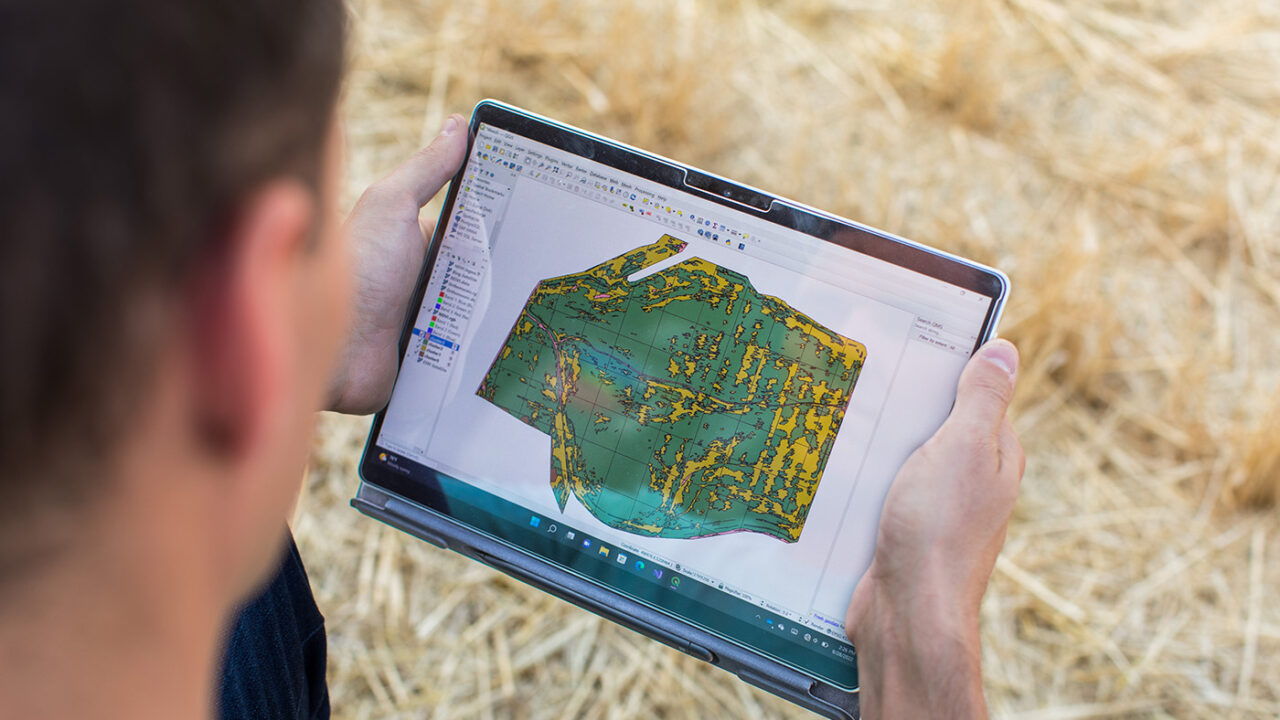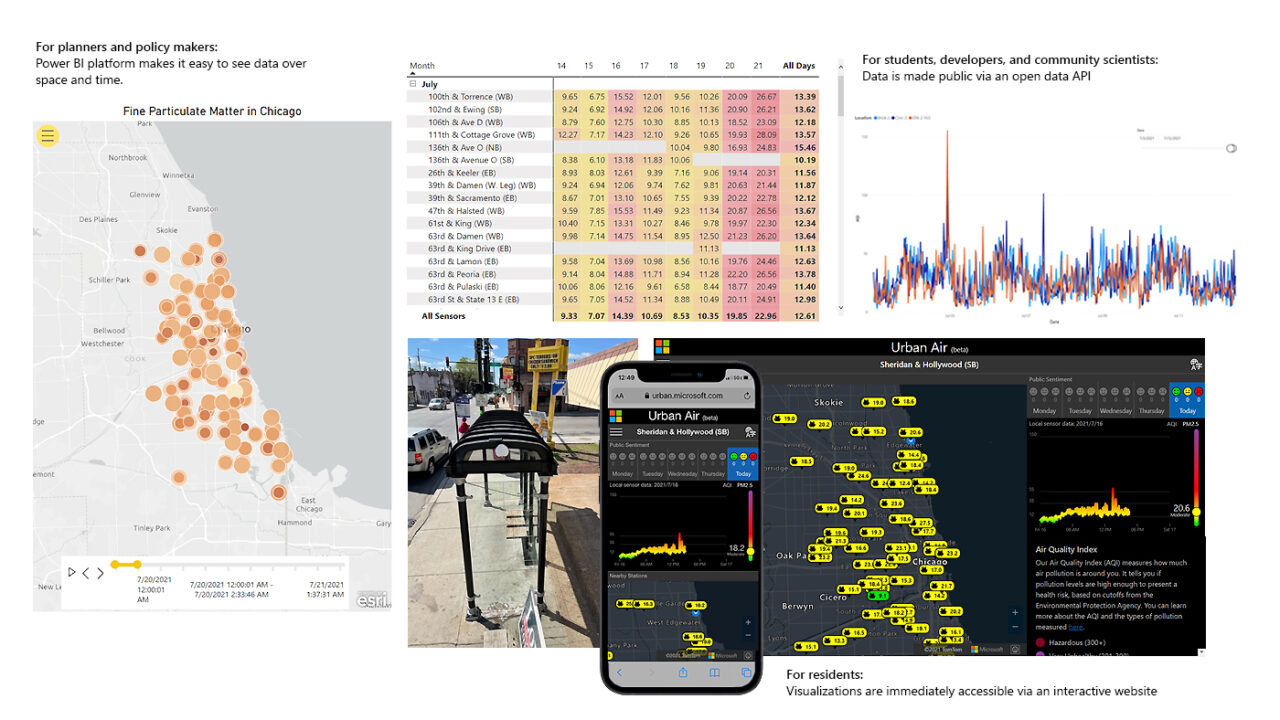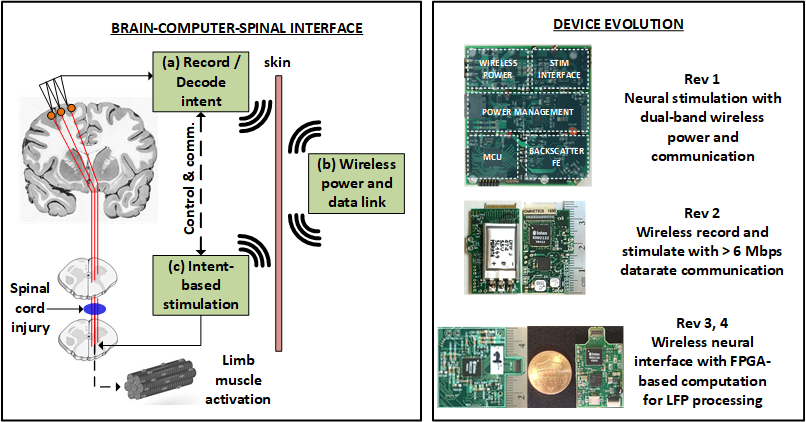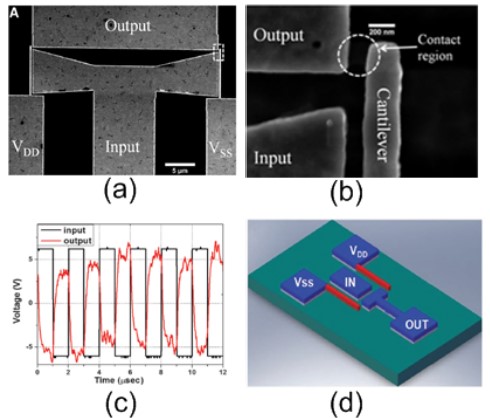
Vaishnavi Ranganathan
Principal Researcher
Microsoft Research, Redmond
Affiliate Asst. Professor
University of Washington, Seattle
About Me
I continue to work on exciting research projects with some great co-conspirators. I am set on a path to do what I like most: building things, bricking things, and tinkering with more things! At Microsoft Research, my research lies at the intersection of technology and sustainability. I currently lead research on supply chain traceability through the project FoodVibes, which aims to create trusted, transparent and sustainable food supply chains. My research aims to address global challenges in sustainability, agriculture and the environment. I am also an affiliate Assistant Professor at the University of Washington, where I serve as a mentor for fun and meaningful research at the intersection of sustainability and technology.
If you have exciting ideas and would like to chat, you can email me at vnattar@microsoft.com or find me on Linkedin
Recent Updates
- The Microsoft Undergraduate Research Internship (URI) program for 2025 has been announced. I'd highly recommend it for undergraduate students with a drive for research. I have been an URI mentor for the past three years and can confirm that it is a uniquely rewarding experience for the interns and the mentors alike. For more information refer to the URI program website
- Summer internship posting open for Networking Research Group at MSR. Apply here and email me if you work on low-power wireless communication and sensing applications and are interested in a summer internship - November 2022
- Co-chaired the first workshop on Agri Food Systems (AgSys) as a part of SenSys ‘22. The workshop was a success thanks to exciting submissions, keynote speakers (Digital Green and Strella Biotech) and, panelists - November 2022
- Appointed as Affiliate Asst. Professor at ECE, UW - July 2022
- Check out our submission “Re-Inventing the Food Supply Chain with IoT: A Data-Driven Solution to Reduce Food Loss”, at IEEE IoT Magazine. The article speaks about our research efforts in addressing challenges in the global food supply chain - March 2022
Research at Microsoft
FoodVibes
Through Project FoodVibes, we hope to address the global food supply challenges posed by the United Nation. We do this by focusing on the critical need for traceability, which can help reduce waste and optimize food production and supply. At Microsoft Research, I lead the efforts to enable end-to-end supply chain traceability to help meet quality, safety and regulatory requirements. One of our goals is to help producers and suppliers navigate the European Union's 2024 regulation against deforestation (EUDR). Towards this, FoodVibes provides a traceability tool which enables geospatial analytics in the food supply chain; specifically for this application it enables geo-location-based deforestation insights in the supply chain. Project FoodVibes also explores using IoT and Wireless technology to enable a broade range of supply chain solutions. Read more about the larger project FarmVibes and our work on FoodVibes.

Project Eclipse
Pollution is something most residents of cities experience regularly, but few cities have the tools to track pollution in real-time or at the neighborhood scale. Through Project Eclipse, we bring hyperlocal air quality sensing to cities across the US, create awareness of local air quality and help understand its impact on the local communities. As a part of the interdisciplinary team, I helped design, calibrate and deploy the air quality sensors. You can learn more about Project Eclipse and our publication on Eclipse, an end-to-end platform

Battery-Free Sensing
As a summer intern in the Medical Devices Group at MSR in 2016 I developed a fully-analog wearable passive sensor for continuous physiological monitoring. I returned to work with the group in late 2017 to work on further integration of the system to an existing sensor framework and to validate it with testing. The vision for this work is to develop a bandaid-like device that can be worn on the body for bed-side monitoring of heart rate, breathing rate, temperature and audio. The device was also designed for sensor input flexibility as a plug-and-play platform that interfaces with different types of sensors. The prototype device performs sensing and communicates sensed signals at 35 to 160 micro Watts power budget (harvested from a 915MHz radio frequency continuous wave singal). Here is a link to the paper "RF Bandaid: A Fully-Analog and Passive Wireless Interface for Wearable Sensors". this work received the distinguished paper award at Ubicomp 2019.
- Together with Jingxian Wang in 2020, I explored temperature sensing applications using battery-less tags and developed "ultralow-latency localization using the RFbandaid platform". This work demonstrates sub-centimetter location tracking at sub-millisecond latency.
- As a part of a collaboration with UpsalaUniversity in 2021 we created a novel " beat frequency-based identification method for analog tags".

Brain-Computer-Spinal Interface
I graduated with a Ph.D. from the Sensor Systems Lab at the University of Washington, Seattle, WA. My research interests involve developing low-power and wireless sensing systems for healthcare, environment and IoT applications. Specifically, I have worked on HF near-field and UHF far-field wireless energy harvesting, ultra-low-power wireless communication and computation for implantable and wearable devices. Here is my dissertation document if you want to learn more about the work. The modular neural interface device NeuralCLIP which was developed as a part of this project was awarded the Madrona prize runner up in 2018. Title: Implantable Wireless Brain-Computer Interface.

Academic Background
PhD / University of Washington ECE
Sept 2013 - Dec 2018
My PhD research focussed on a closed loop neural interface for rehabilitation and reanimation of paralyzed limbs in patients with spinal cord injury. The images above are a summary of the Brain-Computer-Sinal Interface (BCSI) system development. They provide a system level block diagram and functional illustration along with the devices that I developed towards this. The system is designed to stimulate in the spinal cord based on intentions decoded from neural signals recorded in the brain and close the break in communication created by a spinal cord injury.
As a part of my PhD research, I worked on integrating the typical benchtop equiment that are used for neural interface into small circuit boards that are implantable. The key features of this system include wireless power transfer, ultralow-power communication and closed-loop neural recording and stimulation. The final prototype, the NeuralCLIP, demonstrates stimulation triggered by on-device decoding of action intent from Local Field Potentials (LFP) recorded in the motor cortex. To accommodate for variation in power availabile from a wireless power transfer link, the system implements processes as approximate computation blocks on a FPGA. I was awarded a graduate innovation fellowship from the Washington Research Foundation to support this work on the implantable neural interface device.Apart form this I have worked on other cool projects including energy harvesting from RF and NFC for wearable sensors, analog backscatter, wireless power transfer using phased array systems and low-overhead echolocation for localizing receivers in a HF phased array power transfer system (links to publications in My Google Scholar page). I have also developed an FPGA implementation of the RFID EPC Gen2 protocol for performing block read and write with an Impinj R1000 RFID reader. This design was implemented for a 65nm CMOS IC development. Email me for the access to the FPGA library git repository.

MS / CWRU EECS
Aug 2011 - Jul 2013
I received my Masters in EECS from Case Western Reserve University (CWRU), Cleveland OH. As a part of the Nanoscape Lab I pursued research on NEMS for harsh environment, high-speed switching and non-volatile memory. My dissertation document can be found under "Silicon Carbide NEMS Logic and Memory for Computation at Extreme: Device Design and Analysis“ In addition, I was involved in the development of a dual purpose implantable ultrasonic assembly for detecting recurrent cancer, and design and analysis of a nanochannel for fast DNA base sequencing.


B.Tech /ASE India
Aug 2007 - July 2011
I received my B.Tech in Electronics and Instrumentation Engineering from Amrita School of Engineering, Coimbatore, India and was a research student at the Indian Institute of Technology, Bombay during my senior year in B.Tech. As an undergraduate I gained experience in robotics, MEMS and was a member of SAE India.